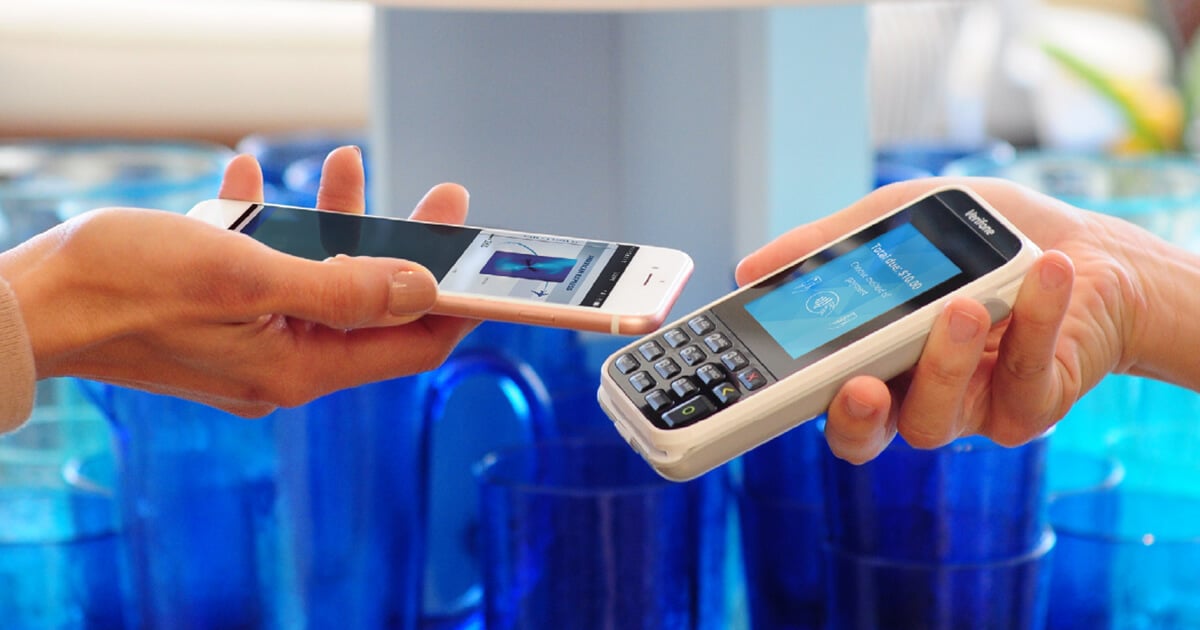
As retailers rush to adapt to a whole new set of consumer behaviors heading into the holiday season and 2021, many are rapidly shifting their long-planned tech roadmaps and accelerating POS refreshes to meet consumers’ dramatically new shopping expectations. To win customer attention, it is critically important that those implementations are fast and smooth. But it is not easy for retail IT teams to pivot that quickly, especially when dealing with unfamiliar technologies.